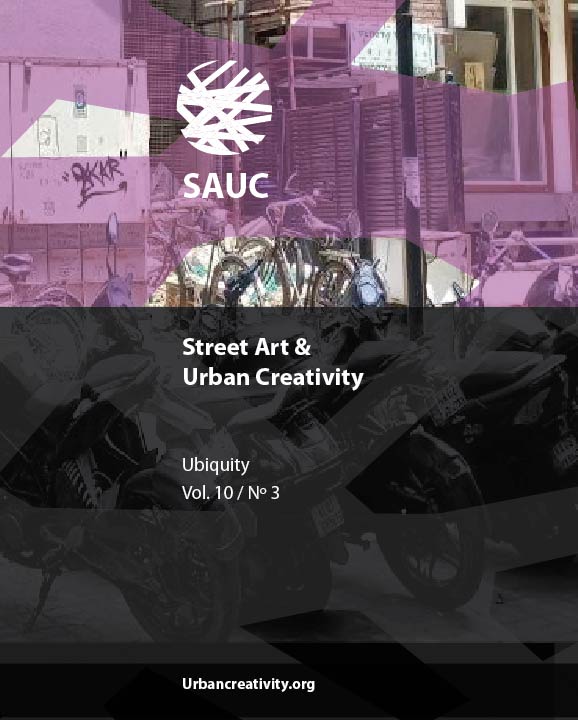Pedestrian-Oriented Urban Space with emphasis on Sabzeh-e-Meidan Pattern
DOI:
https://doi.org/10.25765/sauc.v10i3.795Palabras clave:
Sabzeh-e-Meidan, Urban Square, Sustainable, Urban Space, Pedestrian.Resumen
With the arrival of cars in cities, urban spaces, especially squares, have become a space for cars to dominate and the square has become a square. Loss of squares with the dominance and circular passage of cars through the square, the middle island has become an inaccessible space for pedestrians, and plans and plans to rehabilitate and organize the squares are often on the sidewalk of the square. They have not gone anywhere. In the meantime, the green field is a space that the street passes by and has advantages in pedestrianization compared to the common squares. Therefore, with the above problem, the purpose of this study is to identify the green field as a suitable model for creating urban pedestrian nodes. This article deals with the recognition of field green by descriptive-analytical, comparative and case studies. The results of this study show that the pattern of the green field as the street passes by it, the safety and security of pedestrians; it can be used in different scales of city, village and neighborhood. The knowledge and analysis of the green field shows that this type of field with connection from at least one side to the building blocks includes important religious, commercial, administrative-government buildings, etc. and has various species in the form-shape dimensions. Accessibility is the presence of natural elements, scale and urban / neighborhood function. This type of field with flexibility in body, use and size can meet the diverse needs of riders and infantry. Relying on the dominant building or complex of buildings, Sabzeh-e-Maidan will act as a public front and pre-space and provide a successful, desirable and memorable urban space for the citizens. Recognition of the green field shows that this type of field can be used as a flexible model in different scales, in different functions in creating public pedestrian urban spaces.
Descargas
Estadísticas globales ℹ️
|
249
Visualizaciones
|
72
Descargas
|
|
321
Total
|
|
Descargas
Publicado
Cómo citar
Número
Sección
Licencia
Los autores/as que publiquen en esta revista aceptan las siguientes condiciones:
- Los autores/as conservan los derechos de autor.
- Los autores/as ceden a la revista el derecho de la primera publicación. La revista también posee los derechos de edición.
- Todos los contenidos publicados se regulan mediante una Licencia Atribución/Reconocimiento-SinDerivados 4.0 Internacional. Acceda a la versión informativa y texto legal de la licencia. En virtud de ello, se permite a terceros utilizar lo publicado siempre que mencionen la autoría del trabajo y a la primera publicación en esta revista. Si transforma el material, no podrá distribuir el trabajo modificado.
- Los autores/as pueden realizar otros acuerdos contractuales independientes y adicionales para la distribución no exclusiva de la versión del artículo publicado en esta revista (p. ej., incluirlo en un repositorio institucional o publicarlo en un libro) siempre que indiquen claramente que el trabajo se publicó por primera vez en esta revista.
- Se permite y recomienda a los autores/as a publicar su trabajo en Internet (por ejemplo en páginas institucionales o personales), una vez publicado en la revista y citando a la misma ya que puede conducir a intercambios productivos y a una mayor y más rápida difusión del trabajo publicado (vea The Effect of Open Access).













